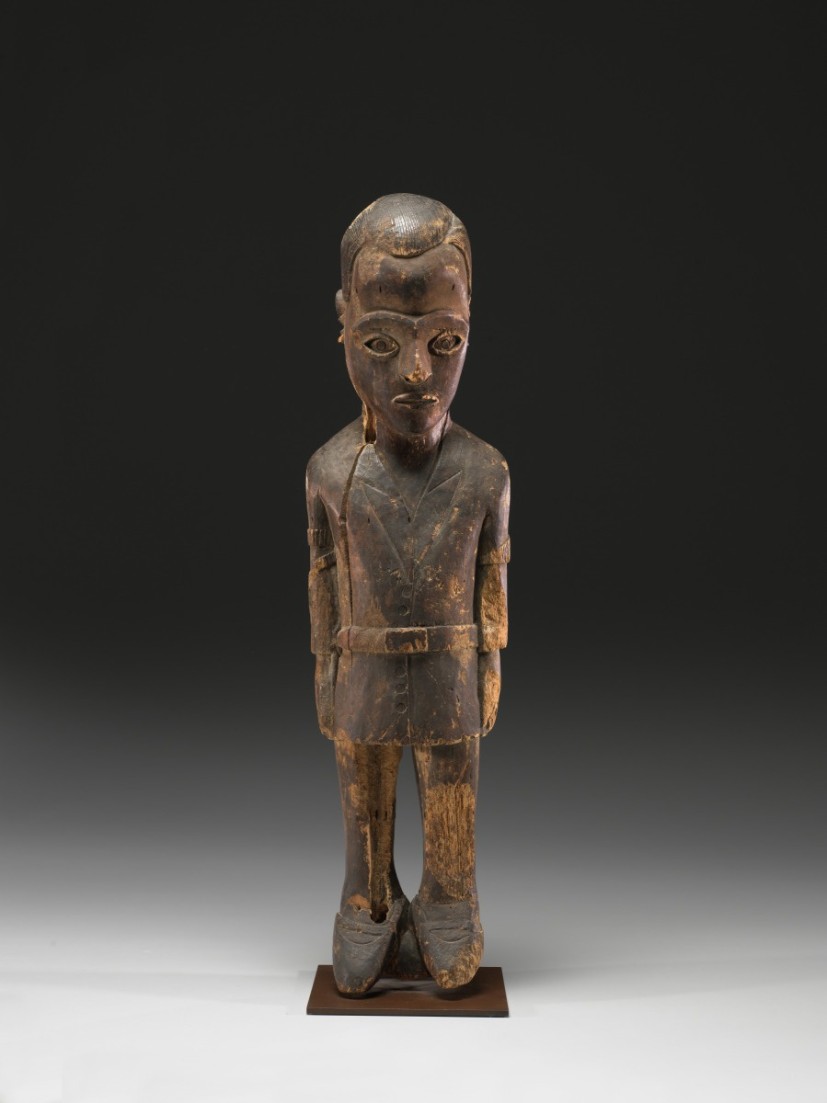A sculpture depicting Maximilien Balot, a colonial officer from Belgium who was beheaded amid the 1930s uprising in Congo, has been briefly repatriated as per a loan deal between the Virginia Museum of Fine Arts (VMFA) and the Democratic Republic of the Congo (DRC).
The loan was made in time for the Venice Biennale this year, as it will be showcased in the Netherlands' Dutch pavilion in hopes of generating a discourse surrounding colonialism and the art world's lack of attention on the issue.
However, the artifact will not be physically present at the pavilion. Instead, video footage of the sculpture is streamed live from an art gallery in Lusanga, a town in the Kwil province of the country.
The White Cube Gallery in Lusanga will hold onto the artifact for the full six-month run time of the festival, with public displays starting on April 20 through Nov. 24. .

How the Loan Agreement Came to Be
According to a public release by the Mondriaan Fund, the foundation which paid for the loan's costs and is responsible for the Dutch entry for this year's Biennale, the VMFA agreed to the loan after they were made aware of the pavilion's plans.
This decision came after years of loan requests submitted by the Congolese Plantation Workers' Art League (CATPC).
That said, the factor that finally pushed the request through was the Dutch artist and Foundation Facilitator, Renzo Martens, following his contribution as the designer of the Netherlands' pavilion for the 60th Venice Biennale in 2024.
Of the artifact's loan and subsequent display, VMFA Director and CEO Alex Nyerges was quoted by the release saying: "The Virginia Museum of Fine Arts is delighted to partner with CATPC for this important exhibition.
"The sculpture's appearance in Lusanga will be profoundly meaningful to the people in that region," he added. "The loan of a wooden sculpture from an American museum's collection to a museum in the Democratic Republic of the Congo is also of historic significance, and we hope it will inspire a new era of collaboration and partnerships between museums on both continents."
History of the 'Balot' Sculpture
Indeed, the sculpture possesses significance as a cultural artifact, especially regarding Congo's history with colonialism.
Balot, the soldier it depicts, was recorded to have been decapitated amid the 1931 uprising by the Pende people against the colonial rule of Belgium in Congo's Kwilu province. The revolt's catalyst can be traced following a sexual violence incident against a Pende woman, resulting in the deaths and torture of hundreds upon hundreds of Pende people.
Following the vicious uprising, Balot's wife was recorded expressing an understanding as to why the revolt itself happened in the first place, despite her husband being slain in "the most horrible fashion."
The sculpture was believed to have been created weeks after the soldier's deaths and after the colonial settlers were driven back. Its purpose was that of a "power object," or an artifact that is ritually charged with the spirit of the deceased it is depicting to harness the energies of his anger.
The artifact, whose creator's identity remains unknown, was sold for $120 in 1972 to an American scholar named Herbert Weiss during his trip to Lusanga, who then consequently offered it to the VMFA in 2015.